Like in many other species, it seems caloric restriction may be the most effective dog longevity diet:
What’s the best dog longevity diet? We read the science behind raw feeding, dried kibble, and caloric restriction and found a clear winner.

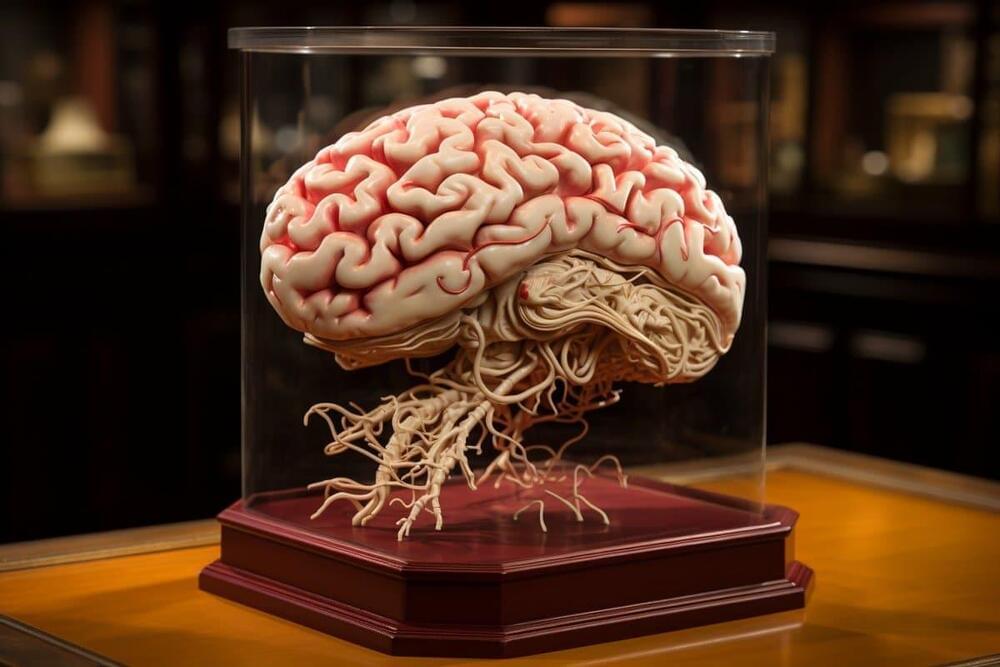
Summary: Researchers developed 20 novel recombinant rabies viral vectors that present unparalleled advantages for neural circuit mapping in aging and Alzheimer’s disease studies. These vectors are engineered to highlight microstructural changes in brain neurons through enhanced fluorescent proteins, offering insights into neural networks at both micro and macro scales.
The vectors’ unique ability to target specific neuron components and perform live imaging makes them potent tools for dissecting neural circuitry in healthy and diseased states. This innovation opens new pathways for targeted treatment strategies and will be shared with the neuroscience community through UCI’s Center for Neural Circuit Mapping.
Join us on Patreon! https://www.patreon.com/MichaelLustgartenPhDDiscount Links: NAD+ Quantification: https://www.jinfiniti.com/intracellular-nad-test/Use Cod…
An exploration of the implications of immortal alien civilizations. My Patreon Page: https://www.patreon.com/johnmichaelgodierMy Event Horizon Channel: https://…
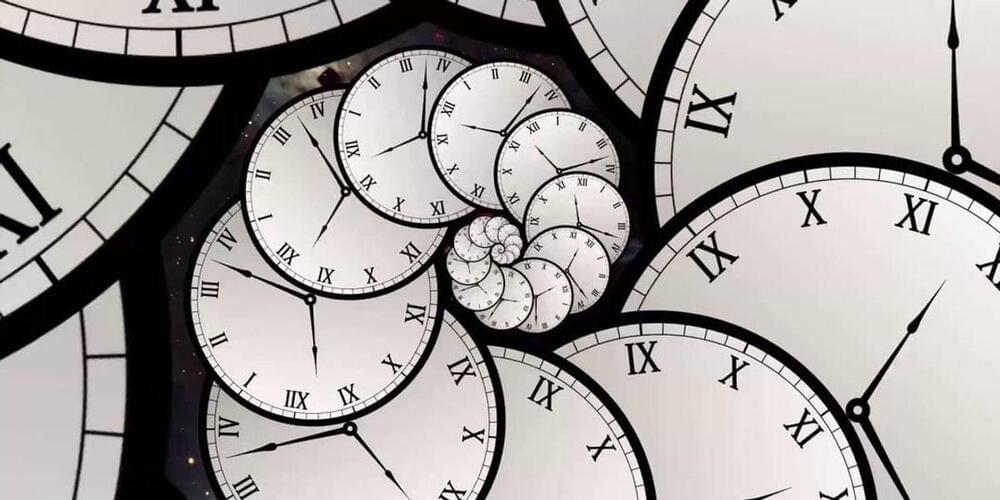
The notion of time travel has fascinated humans for thousands of years, but it’s always been a work of fiction – until now.
Scientists have discovered evidence of time travel for real, albeit at a microscopic level. Till Bohmer and Thomas Blochowicz are the lead authors of a new study, Time reversibility during the ageing of materials, which is published in Nature Physics.
The research from the two researchers at the Technical University of Darmstadt in Germany focuses on time effectively ‘shuffling’ in the structure of certain materials like glass.
“Aging reversal is something that’s been proven about eight different ways in animals,” geneticist George Church says. So when will humans get to turn back t…
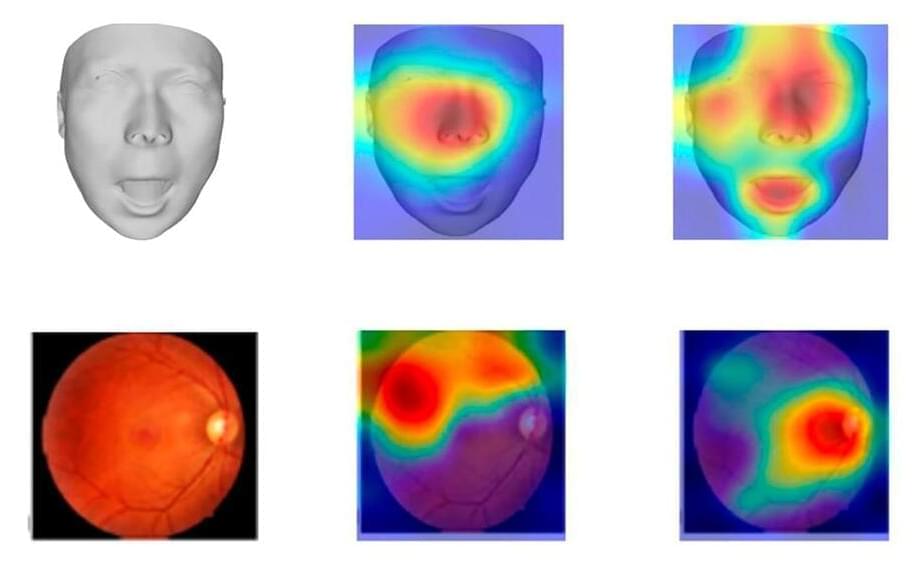
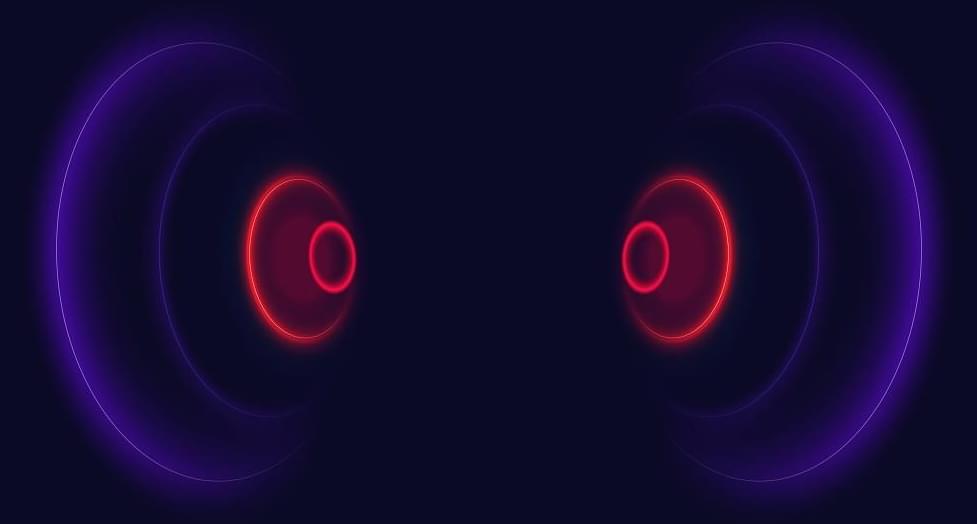
A new study claims that low-frequency ultrasound can reverse aspects of replicative and chemically induced senescence in vitro [1].
The age-related increase in senescent cell burden is thought to contribute to many processes of aging. Most of the attempts to deal with it involve senolytics: drugs that eliminate senescent cells.
However, it may be possible to re-educate them instead. Senomorphics are compounds that change senescent cells in a way that renders them benign, but they are much less common. The authors of this new pre-print study (it has not yet been peer-reviewed) claim to have found an even more impressive way to solve the senescent cell problem: by rejuvenating them with ultrasound.
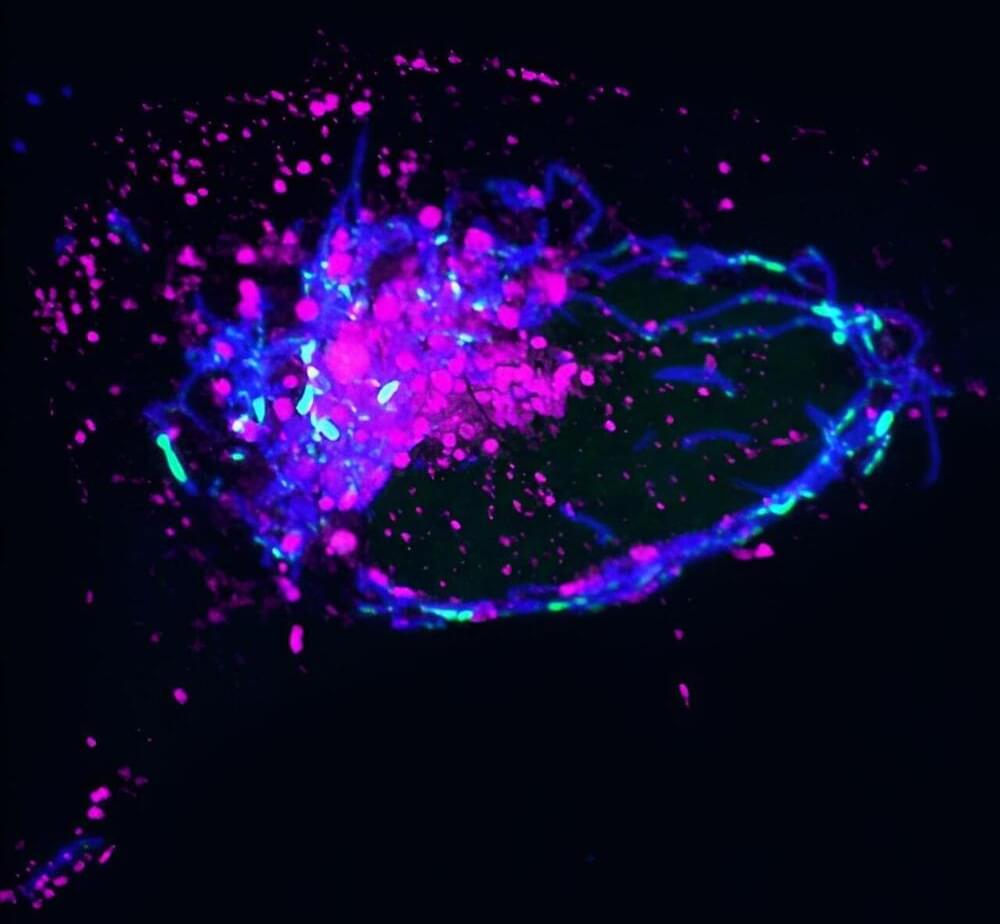
Cells in the human body contain power-generating mitochondria, each with their own mtDNA—a unique set of genetic instructions entirely separate from the cell’s nuclear DNA that mitochondria use to create life-giving energy. When mtDNA remains where it belongs (inside of mitochondria), it sustains both mitochondrial and cellular health—but when it goes where it doesn’t belong, it can initiate an immune response that promotes inflammation.
Now, Salk scientists and collaborators at UC San Diego have discovered a novel mechanism used to remove improperly functioning mtDNA from inside to outside the mitochondria. When this happens, the mtDNA gets flagged as foreign DNA and activates a cellular pathway normally used to promote inflammation to rid the cell of pathogens, like viruses.
The findings, published in Nature Cell Biology, offer many new targets for therapeutics to disrupt the inflammatory pathway and therefore mitigate inflammation during aging and diseases, like lupus or rheumatoid arthritis.
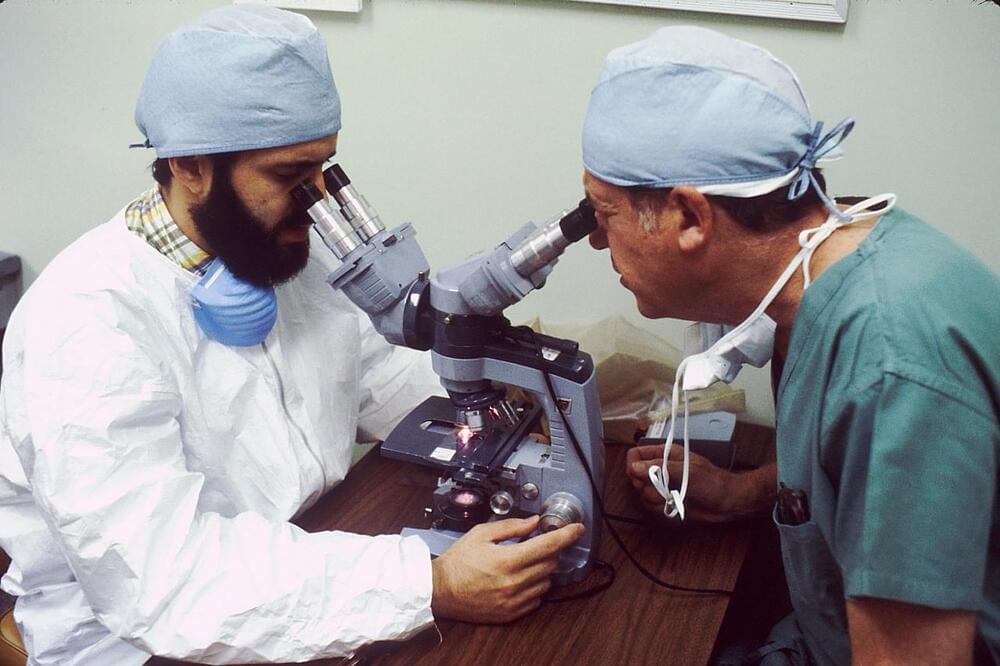
Histopathology describes the process of examining pieces of tissue using a microscope. Light microscopic (LM) examination of tissue helps diagnose several types of cancer by allowing pathologists to view cellular changes within a biopsy sample.
The workload of pathologists has increased in recent years due to policies that encourage screening for early cancer diagnoses. In addition, longer life expectancies and scientific advances have led to an increased number of cancer survivors, further increasing the need for pathology evaluations. Thus, strategies to efficiently utilize the limited pathology resources have become essential to maintaining standards of care and the health and safety of patients.
Digital pathology (DP) has emerged as an alternative method for analyzing tissue samples by stitching together digital images from histopathology slides. Automated slide scanners can rapidly generate these high-resolution images with minimal human interaction. In addition to the speed, DP does not require a microscope, offering remote viewing possibilities. Pathologists and other healthcare professionals can easily share images.